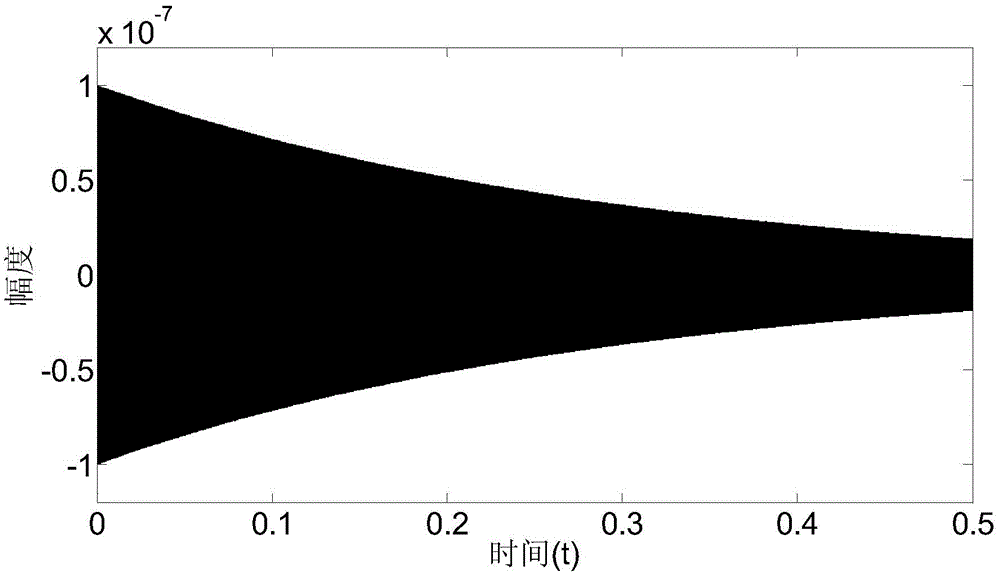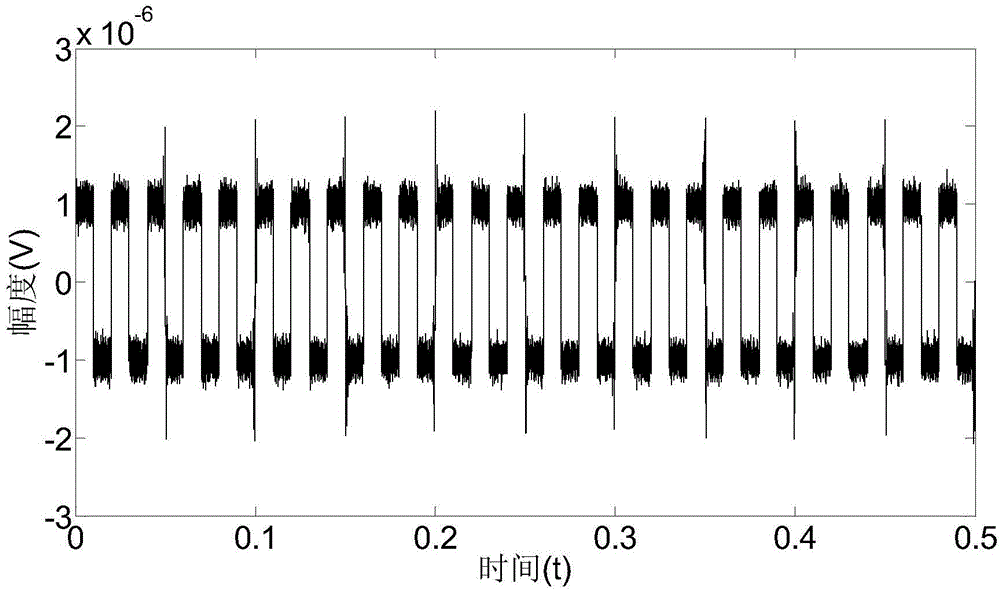Cross-correlation-based nuclear magnetic resonance full wave signal noise filtering method
A technology of nuclear magnetic resonance and signal noise, applied in the direction of electronic magnetic resonance/nuclear magnetic resonance detection, etc., can solve problems such as unstable mixing mechanism, irregular noise, and increasing instrument systems, so as to expand the application range and detection depth, Save measurement time and improve the effect of signal-to-noise ratio
- Summary
- Abstract
- Description
- Claims
- Application Information
AI Technical Summary
Problems solved by technology
Method used
Image
Examples
Embodiment Construction
[0030] Below in conjunction with accompanying drawing and embodiment describe in further detail:
[0031] Such as figure 1 As shown, a method based on cross-correlation nuclear magnetic resonance full-wave signal noise filtering includes the following steps:
[0032] A. Read the full-wave data collected by the nuclear magnetic resonance receiver in the field. When the nuclear magnetic resonance water detector receiver works in the field, it uses a constant sampling rate f s Collect data, read the full-wave data s(k) recorded by the receiver, k=1, 2, 3...N;
[0033] B. Use the fast Fourier transform to obtain the spectrum S(ω) of the full-wave data, and use the fft(s,N) command in Matlab to obtain the spectrum S(ω) of the full-wave, and S(ω) contains N frequencies The corresponding complex number, the frequency interval is f s / N;
[0034] C. Read the frequency f of the FID signal in the spectrum S(ω) 0 The corresponding phase θ 0 , S(ω) contains complex numbers correspon...
PUM
 Login to View More
Login to View More Abstract
Description
Claims
Application Information
 Login to View More
Login to View More - R&D
- Intellectual Property
- Life Sciences
- Materials
- Tech Scout
- Unparalleled Data Quality
- Higher Quality Content
- 60% Fewer Hallucinations
Browse by: Latest US Patents, China's latest patents, Technical Efficacy Thesaurus, Application Domain, Technology Topic, Popular Technical Reports.
© 2025 PatSnap. All rights reserved.Legal|Privacy policy|Modern Slavery Act Transparency Statement|Sitemap|About US| Contact US: help@patsnap.com



